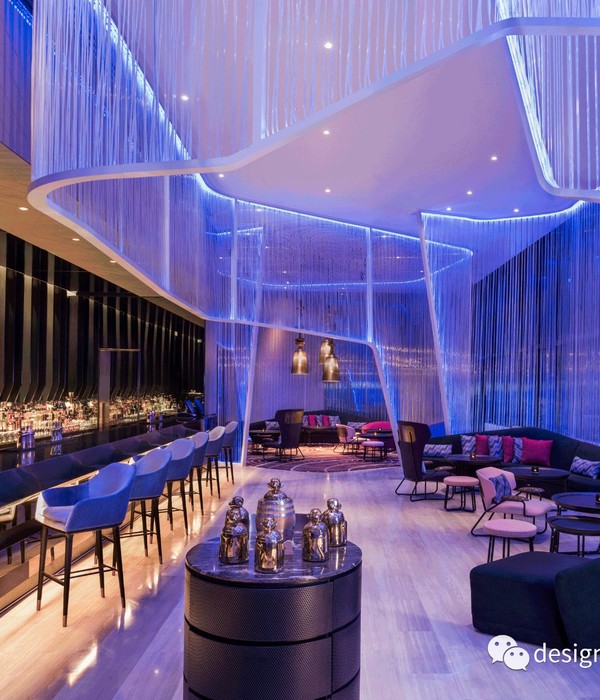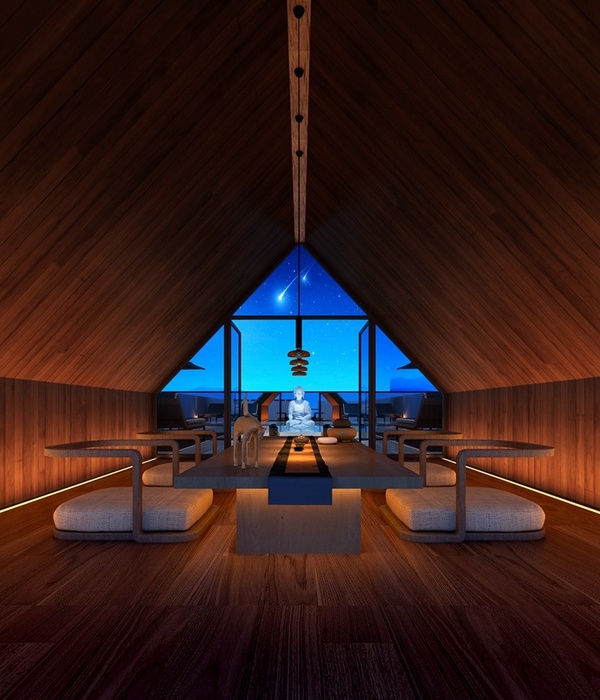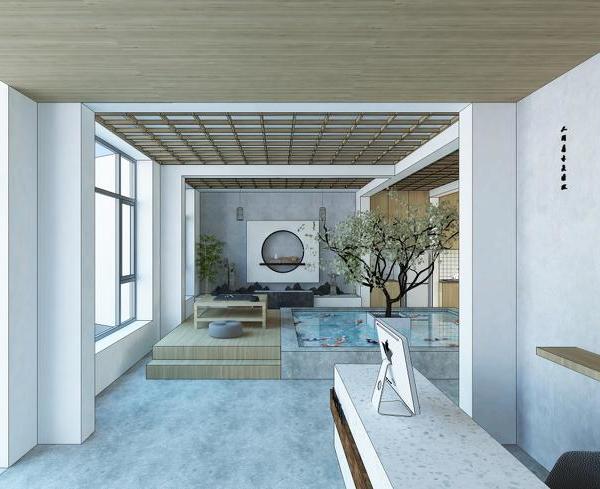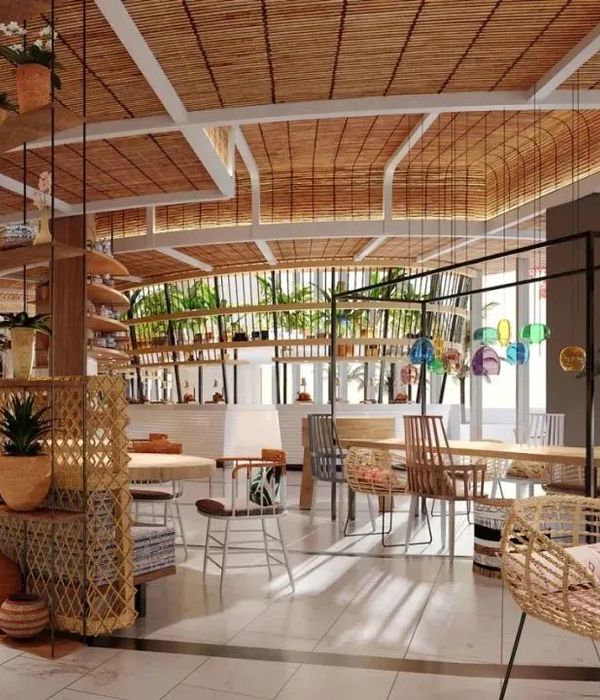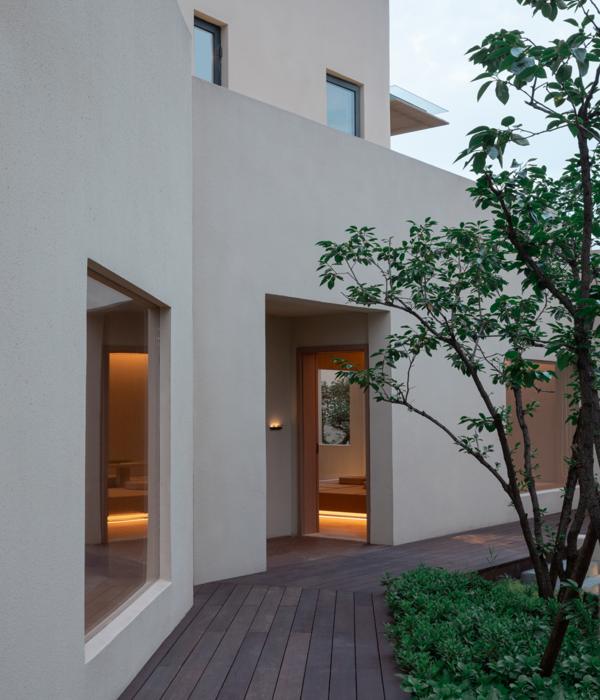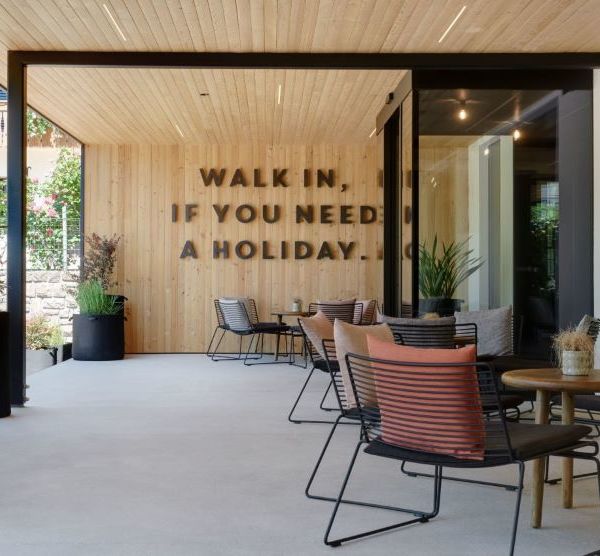Architects:Ortuzar Gebauer Arquitectos
Area:800 m²
Year:2020
Photographs:Pablo Casals, Erick Krohn
Lead Architect:Eugenio Ortuzar, Tania Gebauer
Collaborator: Sara Pereira
Country: Chile
It is a hotel located on the big island of Chiloé, inspired by rural settlements and Patagonian ranches, which provides a shelter to contemplate the extreme and changing climate of Chiloé's landscapes. The Estancia is located on the Rilan peninsula, known for its winding green meadows, views of the channels and islands of the Chiloé archipelago, and small rural villages with a country lifestyle.
The proximity to downtown Castro has caused Rilan to concentrate the best and most exclusive hotel offer in Chiloé. The land is located in the last stretch of the peninsula, 30 km from downtown Castro. The greater distance of the land from the existing offer is decisive in conceiving the architecture of the project, so it is expected to be considered a unique and special place.
The natural landscape is enriched by the cultural landscape. Along the way to the land, we can find the typical rural architecture of Chiloé in every corner, and once on the land, the natural beauty of the land stands out, which has two topographic conditions: a sunny meadow and a very humid forest. The design challenge was to capture the light and heat from the north in a predominantly cold and rainy climate, however, the views of the land are predominantly towards the south.
The response was to build an interior sheltered from the extreme weather, orienting most of its spaces towards the south to enjoy the views and landscape, and incorporating the warmth and light of the sun through a completely glazed facade oriented towards the north. The use of energy is optimized through passive design strategies, to capture heat and ventilate in a crosswise manner, keeping the spaces cool and ventilated.
The shape and arrangement of the project is inspired by the rural settlements of Chiloé, which are mainly composed of a family home around which different volumes or elements are located.
This is how the hotel is composed of a main volume, which is the family home around which different volumes or elements are located. The family home is the meeting place, the welcome place, a spacious and warm place where guests feel at home.
The access volume, which acts as a "chiflonera", "zaguán" or wind-protected access, connects the family home with the volume of the rooms.
The rooms, composed of two connected volumes, with 4 rooms each, allowing them to be opened and closed according to occupancy, heating only the spaces in use. Each volume with 4 rooms has a warm and luminous common living room, oriented to the north. The rooms, on the other hand, are oriented to the south, directing the views towards the Castro estuary. The dark claddings help to focus the view, with the landscape being the main protagonist.
The anti-cava, or wine pavilion, is another volume that provides activities for visitors, it is the place where different strains produced in the southernmost areas of the world like Chiloé are tasted and are the attraction of the place. Other volumes such as the woodshed, laundry and services, quincho, viewpoints, lagoons with spaces for meditation and others, are located within the 2 hectares of land.
A large part of the hotel was built with local materials such as mañío in all the visible structure, tables, countertops, beds, and others. The Cancagua stone, a stone originally from the Pacific area of Ancud, carved by the last existing Cancagueros. The project considers the collection of rainwater, and the separation of greywater from blackwater for park irrigation, which is composed of several paths and lagoons with spaces for meditation and yoga.
{{item.text_origin}}




